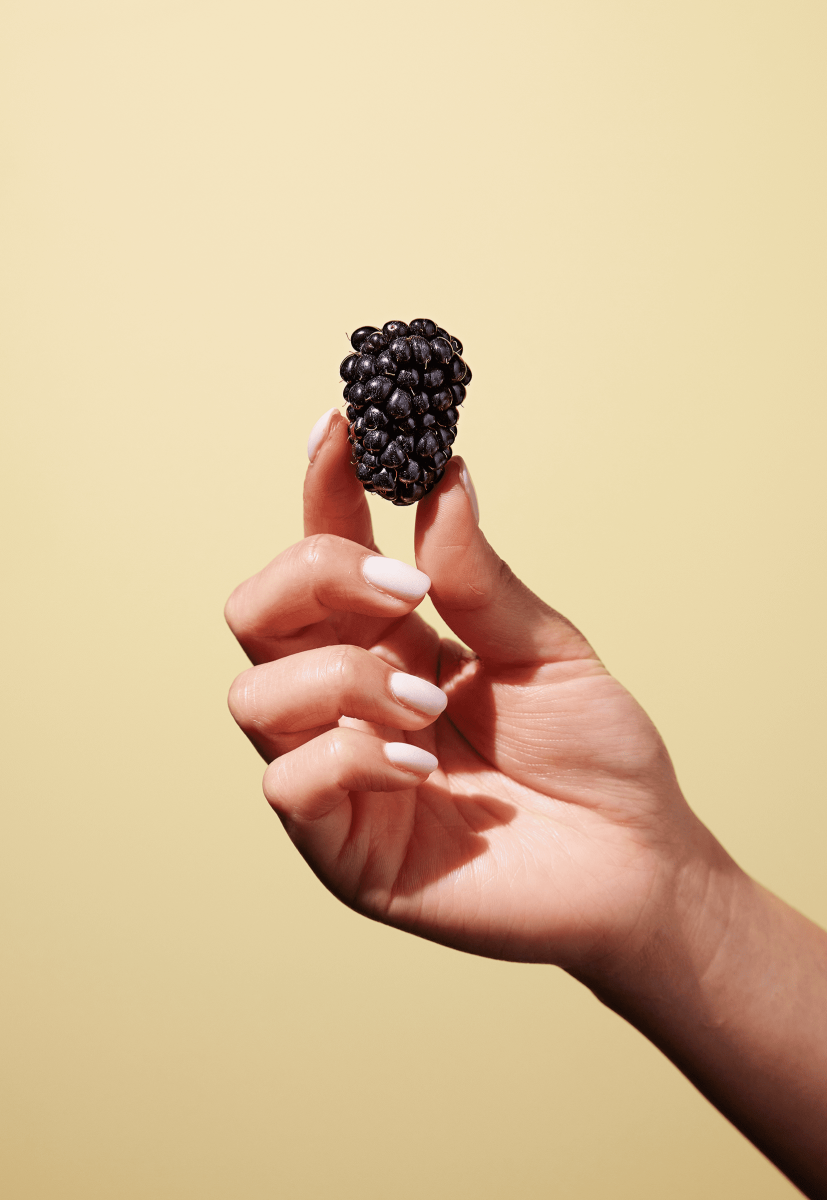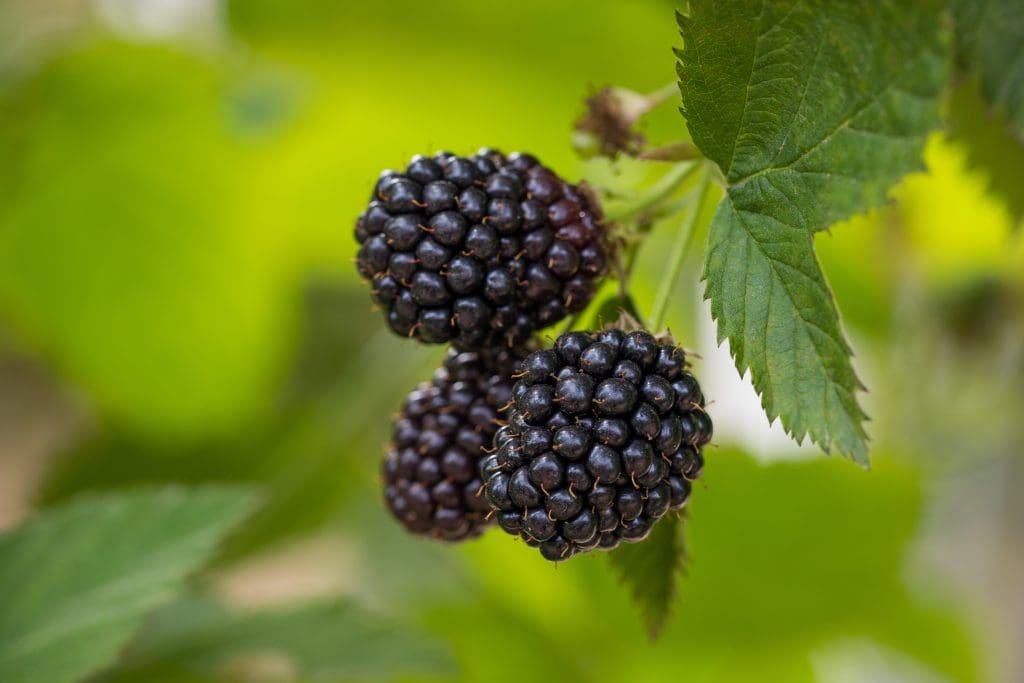Berry lovers unite
Join our community for tasty recipe ideas, handy hints, seasonal fun facts and more.

May 13, 2025 in Berry News
With their rich colour, plump texture, and sweet and jammy flavour, just one bite of a blackberry can bring your senses bursting to life! Not only are they a delight to eat, but blackberries also have an intriguing anatomy which plays an important role in their development, quality, and flavour.
Blackberries are actually made up of small little fruits called drupelets. Each drupelet contains a seed that’s surrounded by a layer of flesh, and just one blackberry has between 20 and 50 of these! Some might be sweeter, while others are slightly tart, which is what gives the blackberry such a unique flavour profile. There are essential oils and compounds concentrated inside these drupelets, which are responsible for giving the blackberry its unique aroma.
Located at the base of the blackberry, the calyx plays a vital role in protecting the fruit while it grows. The calyx also acts as a deterrent to potential herbivores, signalling to them that the berry isn’t ripe and ready to eat just yet. This protection is crucial during the early stages of development, when the blackberry is most vulnerable to damage. The calyx does this by creating a microclimate around the blackberry.

The pedicel that attaches the blackberry to the plant is how the fruit receives nourishment as it grows. The pedicel transports all the essential nutrients, minerals, and water from the plant and soil to the developing blackberry. A healthy pedicel is incredibly important because it acts as a lifeline that sustains the blackberry throughout its growth journey.
The receptacle is the part right in the middle of the berry that’s responsible for cradling both the flower and the developing fruit. The receptacle provides vital structural support that ensures uniformity throughout the berry’s growth process, allowing the blackberry to come to life with a balance of sweetness, acidity, and other vibrant flavour components.
The style is like a bridge that connects the ovary, where the fruit grows, to the stigma, which acts as a landing pad for pollen during pollination. During this process, a bunch of changes occur inside the fruit, all thanks to special signals and chemicals. These changes lead to the development of sugars, acids, and other compounds that give the blackberry its yummy flavour. The sugars, like glucose and fructose, make the blackberry sweet, while acids such as citric and malic acid add a tangy taste.
Each part of the blackberry, from the tiny drupelets to the protective calyx, has a big role in making it delicious. The stem delivers all the nutrients, while the reproductive parts like the style and ovary add sweetness and tanginess. So, when you bite into a blackberry, know that even the tiniest parts of the fruit all work together to deliver that burst of flavour you love!